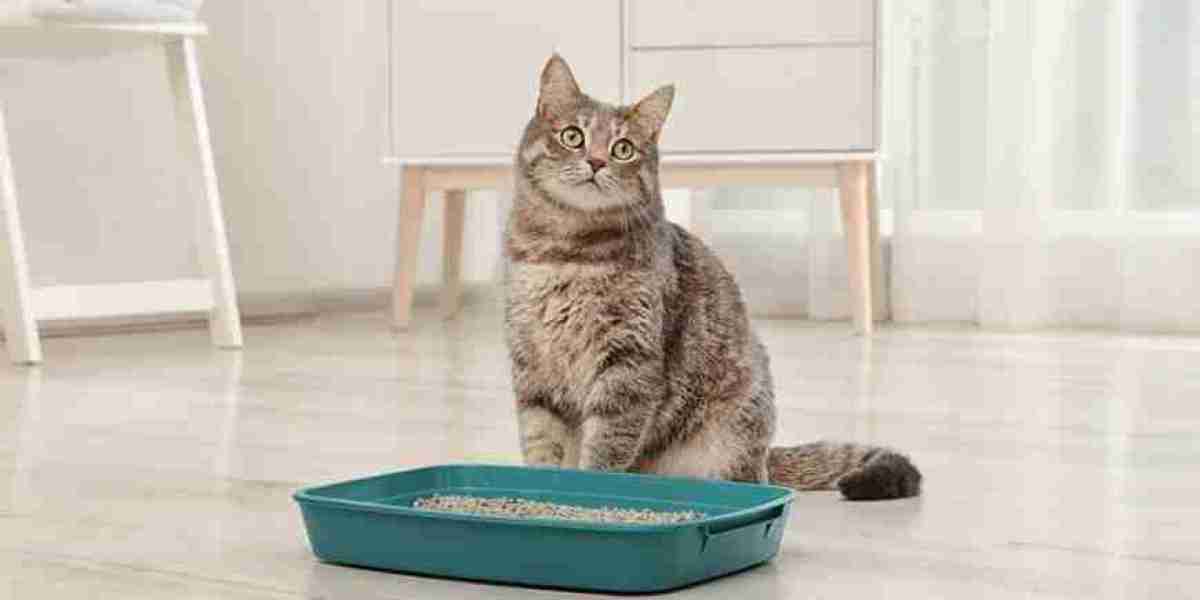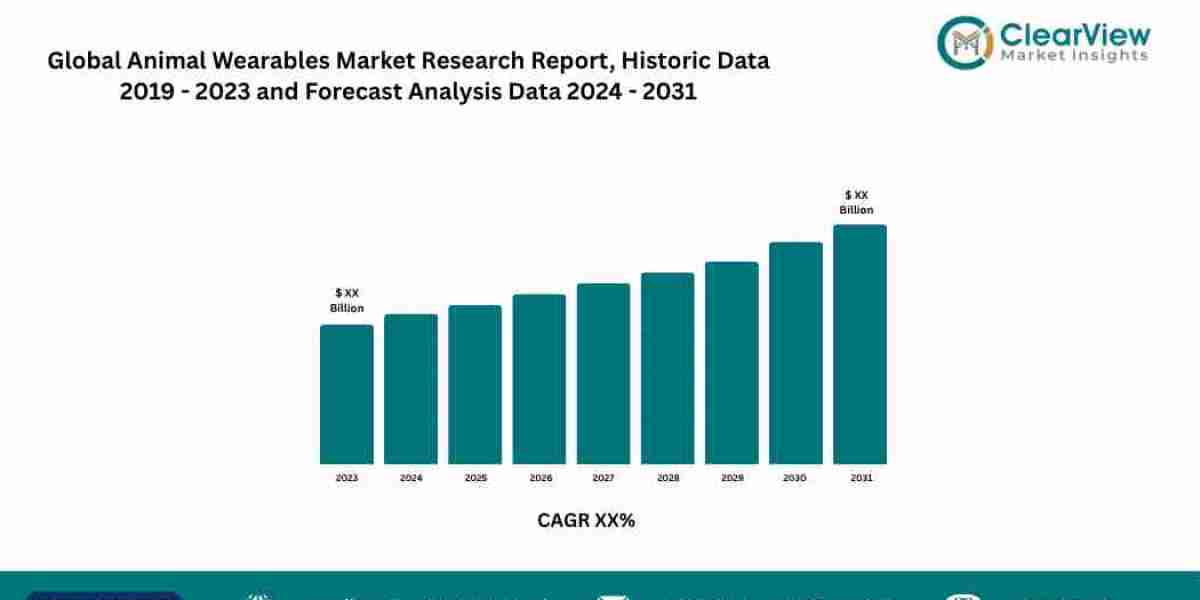Introduction
The cat litter market is commonly associated with household pet owners, but a significant segment of demand also comes from veterinary clinics and animal shelters. These institutions require specialized litter products that meet stringent hygiene, safety, and cost-effectiveness criteria to cater to the health and well-being of cats under their care. This article examines the unique demands of veterinary clinics and animal shelters, their impact on the cat litter market, and emerging trends shaping this niche segment.
1. Role of Veterinary Clinics and Animal Shelters in the Cat Litter Market
Veterinary clinics and animal shelters play a crucial role in managing the health of cats, many of which require temporary or long-term housing. This creates a steady demand for cat litter products that differ from typical household use:
Veterinary Clinics: Cats admitted for treatment, surgery, or recovery need clean and hygienic litter to prevent infections and ensure comfort.
Animal Shelters: Shelters house large numbers of cats, often with limited resources, necessitating bulk purchases of reliable, cost-effective litter that can maintain cleanliness in crowded environments.
The volume and specific requirements of these facilities influence market demand patterns and product development.
2. Specific Requirements for Litter in Veterinary Clinics
Veterinary clinics prioritize litter characteristics that support animal health and clinical needs:
High Absorbency and Clumping: Enables easy cleaning and minimizes contact with waste, reducing infection risks.
Low Dust and Hypoallergenic Properties: Protects cats with respiratory issues or allergies, as well as veterinary staff.
Odor Control: Strong deodorizing capabilities are necessary to maintain a sanitary environment and reduce stress for animals and humans.
Sterilizable and Safe Ingredients: Litter must be safe if accidentally ingested and should not interfere with diagnostic procedures.
Clinics often prefer litters designed for easy disposal and hygienic handling to ensure operational efficiency.
3. Animal Shelter Litter Needs and Challenges
Animal shelters face unique challenges in litter selection and usage:
Volume and Cost Efficiency: Large populations of cats require bulk litter supplies with favorable pricing.
Durability and Performance: Shelters need litter that holds up to heavy use without rapid degradation.
Ease of Cleaning and Waste Management: Simplifies the work of shelter staff and volunteers who handle multiple cages daily.
Environmental Considerations: Many shelters aim to adopt eco-friendly litters to align with broader sustainability goals.
Balancing performance, affordability, and environmental responsibility is a key challenge in this sector.
4. Impact of Institutional Demand on Market Trends
The needs of veterinary clinics and shelters have influenced broader cat litter market trends:
Growth of Specialized Litters: Products tailored to medical and institutional use, such as dust-free, antimicrobial, and biodegradable litters, have gained traction.
Bulk Packaging and Distribution: Manufacturers offer larger packages and institutional deals to meet volume demands efficiently.
Emphasis on Hygiene and Safety: Enhanced odor control and pathogen resistance are priorities influencing product formulations.
Collaboration with Institutions: Brands often work directly with clinics and shelters to develop and supply litter products that fit operational needs.
Institutional demand thus fosters innovation and diversification in the cat litter market.
5. Emerging Trends and Innovations
Recent advancements in the cat litter segment for veterinary and shelter use include:
Biodegradable and Compostable Litters: Aligning with environmental goals, these litters reduce landfill impact while maintaining performance.
Dust-Free Formulations: Minimizing airborne particles to improve respiratory health for cats and staff.
Enhanced Odor Neutralizers: Using natural enzymes and activated charcoal to manage strong shelter odors.
Smart Monitoring Technologies: Some shelters are exploring sensor-enabled litter boxes to track usage and health indicators remotely.
These trends reflect a push toward combining functionality with sustainability and health benefits.
6. Challenges and Opportunities for Market Players
Serving veterinary and shelter markets involves unique considerations:
Price Sensitivity vs. Quality: Shelters often operate on tight budgets, requiring affordable but effective products.
Education and Support: Providing guidance on litter choice and best practices to facility staff is crucial for adoption.
Supply Chain Reliability: Consistent delivery and product availability are vital to avoid operational disruptions.
Regulatory Compliance: Ensuring products meet safety standards for institutional use can be complex.
Addressing these factors can position manufacturers and suppliers as trusted partners in this segment.
Conclusion
Veterinary clinics and animal shelters represent an important and growing demand segment within the global cat litter market. Their specific needs for hygiene, odor control, safety, and cost efficiency drive innovation and product differentiation. By developing and offering specialized litter products and services that cater to these institutions, market players can capitalize on this niche while contributing to improved animal welfare and operational effectiveness. As shelters and clinics continue to evolve, their role in shaping the future of cat litter products will remain significant, fostering ongoing advancements in this essential pet care category.

![Top Boy Final Season - What to Expect [Trailer]](https://pungi.b-cdn.net/upload/photos/2025/04/5WJoqZRCQBan77EyUr5M_22_58d7f22c706b7fd6977d3d67b5cbee41_image.png)


